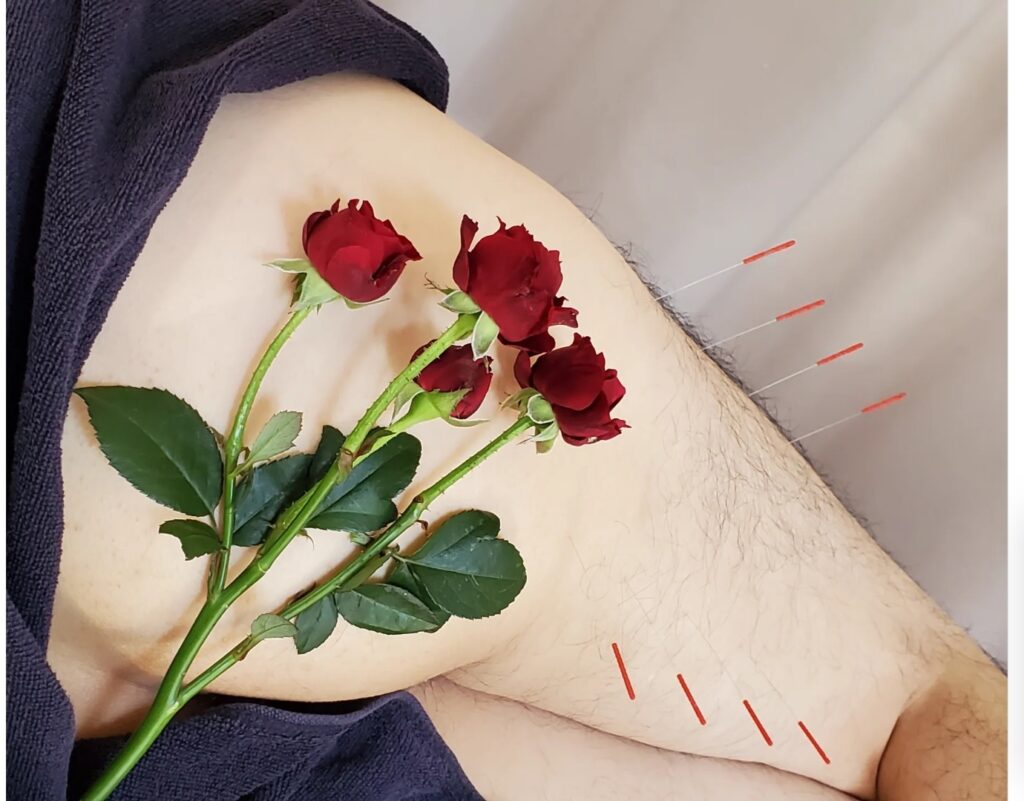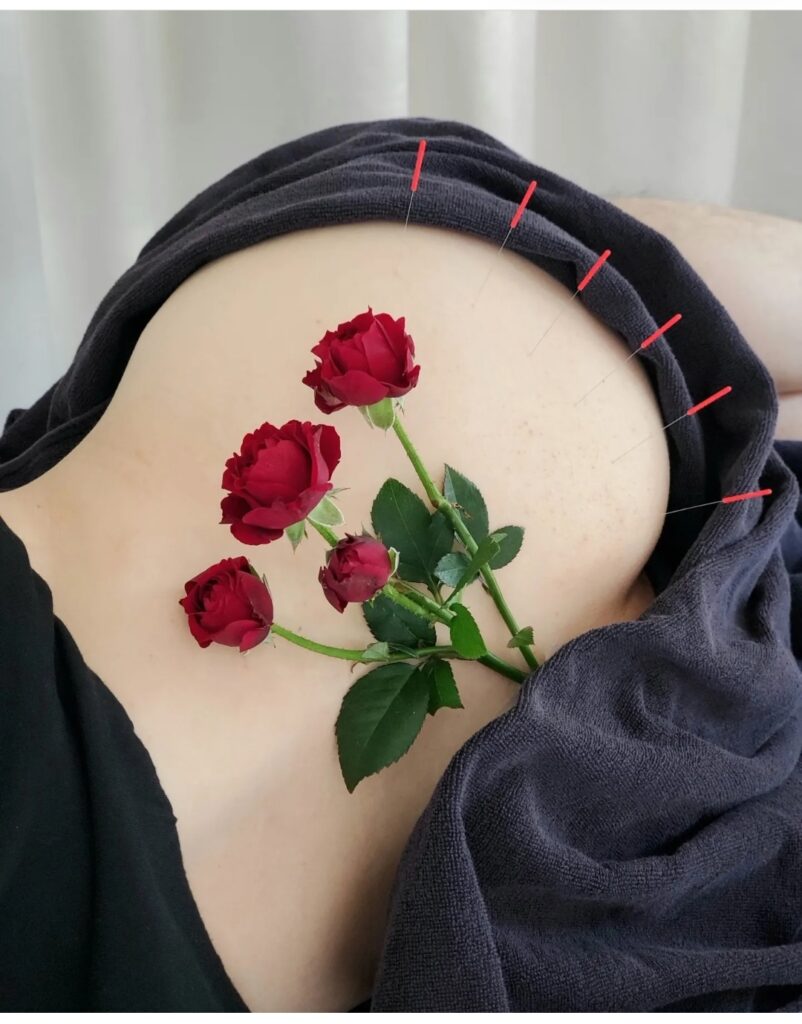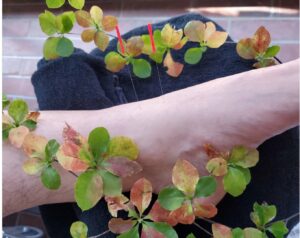太腿の痛み
Sciatica
坐骨神経痛とは、腰からお尻、太ももの後面にかけて伸びている坐骨神経に、圧迫または、刺激が加わることで現れる、痛みやしびれなどの症状です。坐骨神経痛の原因は、仙腸関節障害、梨状筋症候群、腰椎椎間板ヘルニア、腰部脊柱管狭などがあります。坐骨神経痛の症状は、坐骨神経の伸びている領域、お尻、太もも裏、ふくらはぎ、足にかけての部位に、鋭い痛みやしびれなどの症状がでます。坐骨神経痛の原因は、脊柱管内、脊柱管外のケースがあり、脊柱管外では、座骨神経が圧迫される代表的な疾患は仙腸関節障害、梨状筋症候群、または両疾患が混合している場合も多く認めます。仙腸関節障害とは、背骨と骨盤をつなぐ関節のため、上半身の重みを骨盤に伝える部分であるため、複数の靭帯によって強く固められ、動きの少ない関節になり、この部分に障害がでると腰痛や下肢痛が発症しやすくなります。梨状筋症候群とは、お尻の深いところにある梨状筋という筋肉が硬くなったり、引き伸ばされたりすることで、その下を通っている坐骨神経を圧迫してお尻や太もも裏にかけてしびれが出現する疾患です。梨状筋症候群は、股関節周辺の筋肉の使い過ぎや長時間座っていることが原因として挙げられます。脊柱管内で神経が圧迫される代表的な疾患には、腰椎椎間板ヘルニア、腰部脊柱管狭窄症があります。高齢者の腰痛・下肢痛の場合で真っ先に疑う疾患が、腰部脊柱管狭窄症です。腰椎椎間板ヘルニアは若年者に多いです。テスト法としては、腰椎椎間板ヘルニアの場合は、腰を丸めると症状が増悪、腰部脊柱管狭窄症の場合は腰を反らすと症状が増悪、梨状筋症候群の場合は長時間座り続けることで痛みがでます。普段のケアとしては、ストレッチや運動などは症状の軽減を図ります。特に梨状筋症候群に関しては、梨状筋の硬さが問題となることが多いため、ストレッチやリラクゼーションにて緊張をほぐして、坐骨神経の圧迫をやわらげ、症状の改善をはかります。仕事の中で、長時間のデスクワークや立ち仕事など、同じ姿勢でいることが多い人、ストレスも血流悪化を招きやすく、坐骨神経に影響を与えます。
Sciatica is a symptom of pain and numbness that appears when the sciatic nerve, which extends from the lower back to the buttocks and back of the thigh, is compressed or irritated. Causes of sciatica include sacroiliac joint disorders, piriformis syndrome, lumbar disc herniation, and lumbar spinal canal narrowing. Symptoms of sciatica include sharp pain and numbness in the area where the sciatic nerve extends, the buttocks, back of the thighs, calves, and feet. Sciatic nerve pain can be caused either within the spinal canal or outside the spinal canal. Outside the spinal canal, the most common conditions that can cause compression of the sciatic nerve are sacroiliac joint disorders, pisiform muscle syndrome, or a combination of both. Sacroiliac joint disorder is a joint that connects the spine to the pelvis and transmits the weight of the upper body to the pelvis. Pisiform muscle syndrome is a condition in which the piriformis muscle, a muscle located deep in the buttocks, becomes stiff or stretched, causing pressure on the sciatic nerve that runs beneath it, resulting in numbness in the buttocks and back of the thighs. Pisiform muscle syndrome can be caused by overuse of the muscles around the hip joint and prolonged sitting. Typical conditions that cause nerve compression in the spinal canal include lumbar disc herniation and lumbar spinal canal stenosis. Lumbar spinal canal stenosis is the first disease suspected in cases of back and leg pain in the elderly. Lumbar disc herniation is more common in younger patients. As for testing methods, in the case of lumbar disc herniation, symptoms are aggravated by rounding the waist, in the case of lumbar spinal stenosis, symptoms are aggravated by bending the waist, and in the case of pisiform muscle syndrome, pain is caused by sitting for a long time. As for routine care, stretching and exercise can help alleviate symptoms. In particular, in the case of pisiform muscle syndrome, the problem is often the stiffness of the piriformis muscle, so stretching and relaxation can relieve the tension, relieve pressure on the sciatic nerve, and improve symptoms. Stress and stress can also easily cause blood flow to deteriorate, which affects the sciatic nerve.

#hippain #坐骨神経痛 #お尻痛い #美尻

#hippain #坐骨神経痛 #お尻痛い #美尻


